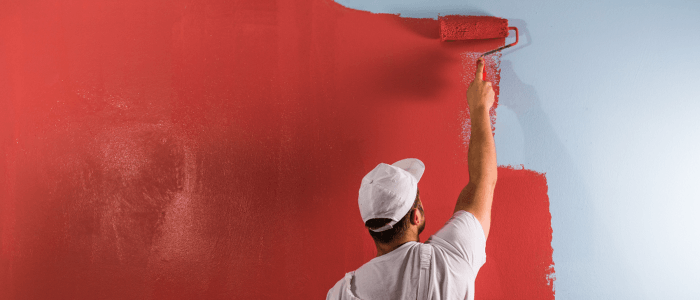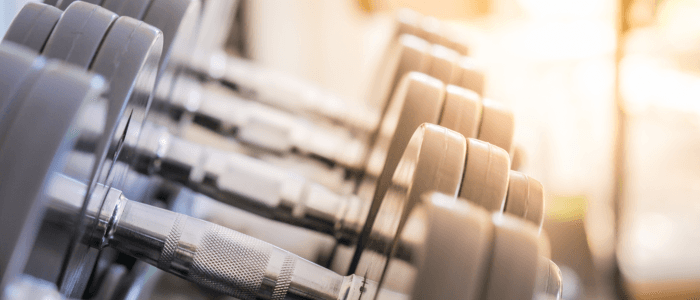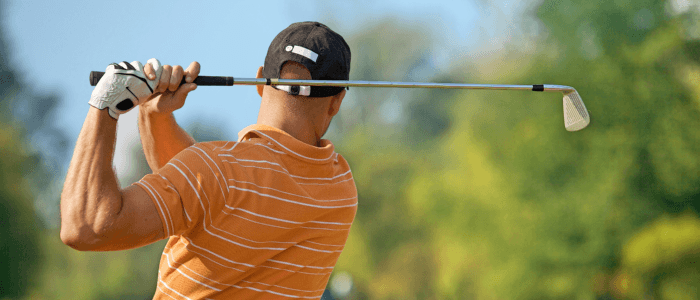Up to 3% of Americans (around 9.7 million people) suffer from tennis elbow every year. But only around 5% of tennis elbow cases are caused by tennis.
Lateral epicondylitis, a.k.a tennis elbow can caused by repetition motion, especially twisting motion. What people don’t know, is that many different activities besides tennis can lead to it.
Let’s look at some of the often overlooked, non-tennis-related causes of tennis elbow.
1. Typing

The first thing people think of when they hear “typing” and “pain” together is carpal tunnel syndrome. But people that work at computers all day are also at risk for developing tennis elbow.
These daily, often continual wrist and finger movements activate the forearm muscles. Repetitive use can lead to tennis elbow.
One way of avoiding injury is by keeping your wrist in as close to a neutral position as possible.
Bending the wrist is often where injury comes into play. Purchasing an ergonomic keyboard and mouse could also be worthwhile. Our wrists are often kept in unnatural positions for hours on end, while doing computer work. Ergonomic equipment can help with easing this strain.
2. Painting

Whether you paint for a living or do it as a hobby on the weekends, you’re at risk for tennis elbow.
Using a paint brush and roller involves repetitive strain. There’s also a lot of twisting and bending involved in painting. Those two ingredients are a recipe for tennis elbow.
Make sure that you stretch your wrists and arms before painting to warm them up. Take breaks throughout the day. These should lessen your risk.
3. Automotive work

Wrench. Ratchet. Torque. These all happen while you’re working on cars. And they all sound painful.
Let’s look at the causes of tennis elbow again. Repetitive? Yes. Twisting and bending? Check. Auto mechanics can be at risk for tennis elbow. If you work on cars for a living, you may be at higher risk than a hobbyist.
In this case, using the right tools can keep pain away. Power tools are easier on your arm than hand tools, though using any tool repeatedly may also lead to tennis elbow. Along with stretching before work, using different tools may lessen a mechanic’s risk.
4. Carpentry

Sawing back and hammering over and over may put carpenters at risk for tennis elbow. Carpenters may have to keep their hands and wrists in strained positions for long period of time.
Here again, tools can make a difference. But also pay attention to your technique. When your job involves repetitive motion, try to make smooth controlled movements. Being herky-jerky with your arms may increase your risk for tennis elbow.
5. Weightlifting

Repetition. It’s in the very nature of weightlifting. Exercises like curls, done with heavy weights, can lead to tennis elbow.
Some exercises can cause more pain than others. If you’re suffering from tennis elbow in the weight room, consider the following advice from Livestrong:
- Take a break from lifting
- Do less dumbbell exercises
- Focus on lower weights and higher reps
6. Golf

If you’re a golfer, you’ve probably heard of golfer’s elbow. But according to Golf Fitness Magazine, most golfers suffer more from tennis elbow than golfer’s elbow.
The golf swing involves a lot of force on the wrists. And that strain is very repetitive. That’s why golfers, especially older golfers, run into tendon problems.
If you’re a golfer suffering from tennis or golfer’s elbow, start with rest. Try anti-inflammatory medication, and make sure that you’re getting warmed up before playing.
7. Baseball

Baseball is a sport well-known for the stress it puts on arms. That’s especially true for pitchers. While you might hear about “Tommy John surgery,” in the news, many pitchers suffer from tennis elbow.
Pitchers put tremendous strain on their arm when they throw a baseball.
If you’re a baseball player, you can avoid tennis elbow by stretching your arm before throwing. Don’t overuse your arm by throwing too much.
How to prevent tennis elbow
Let’s review a few of the ways that you can help prevent tennis elbow:
- Stretch before activities that involve repetitive motion
- Use power tools rather than hand tools where possible
- Use hand tools with a big and padded grip
- Make smooth movements rather than jerky ones
- Try to keep your wrist in as neutral a position as possible
Are you having forearm pain? We can help.
If you think that you might be suffering from tennis elbow, Michigan Surgery Specialists can help relieve your pain. A doctor can determine if tennis elbow or another condition is causing you pain. We’ll give you a treatment plan to reduce your pain and improve your mobility.
Sources:
https://www.ncbi.nlm.nih.gov/pmc/articles/PMC2566914/
https://www.aafp.org/afp/2007/0915/p843.html
